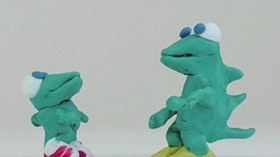Homepage
•
Learning Library
•
Blog
•
Student artifact: Stop animation is easy!
Expand breadcrumbs
Expand breadcrumbs
- Learning Library
- Blog
- Student artifact: Stop animation is easy!
- Homepage
- •
- Learning Library
- •
- Blog
- •
- Student artifact: Stop animation is easy!
Student artifact: Stop animation is easy!
By Andra Brichacek
August 16, 2014








